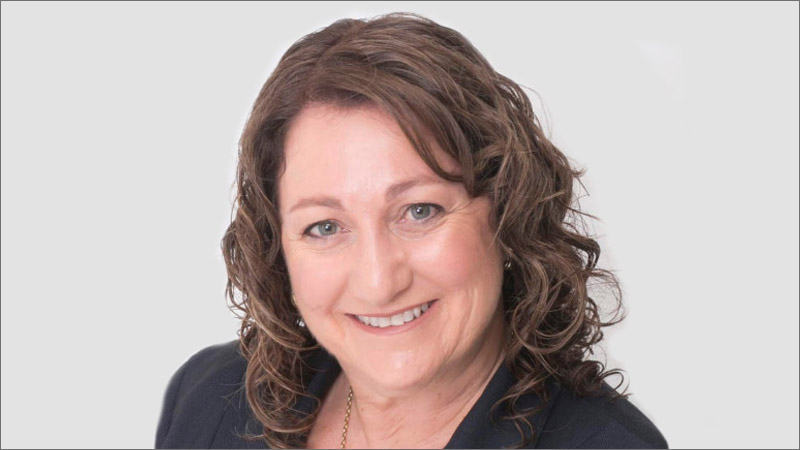Low returns pushing SMSFs into riskier assets
With SMSF members struggling to generate decent returns in the low interest rate environment, some are turning to high-risk assets such as derivatives which also present compliance risks, warns an SMSF audit firm.
With official interest rates hovering at an all-time low of 0.25 of a percentage point, ASF audits head of education Shelly Banton said some SMSF trustees are being lured into assets such as derivatives.
“SMSF trustees are starting to look towards investing in high-risk assets such as derivatives because they think they can outperform the market and get a quick a return,” Ms Banton said.
“Typically, very few SMSFs make a profit from these types of investments. And unless they’re professional stockbrokers, most of them post losses — sometimes significant ones — and take only short-term gains.”
Ms Banton also noted that there are also some important compliance considerations with derivatives.
For example, the fund’s trust deed must not exclude investments in derivatives and the investment strategy must explicitly state that the fund intends to invest in derivatives, she explained.
Another compliance hurdle is SIS Regulation 13.14, she noted.
“Under r13.14 SISR, SMSF trustees may not give a charge over the fund assets which includes a mortgage, lien or other encumbrance. The regulation prohibits trustees from activities such as participating in margin lending products and creating a mortgage over a property,” she said.
One of the exceptions to this prohibition is an LRBA, she said, which has its own set of restrictive rules laid out in s67A and s67B of SIS.
Another exception is where the fund creates a charge over fund assets as a result of investing in derivatives, such as options and futures.
“Under r13.15A SIS, an approved charge on fund assets can be provided for investments with Australian and specified foreign stock exchanges and futures exchanges (approved body) as long as the derivatives contract complies with the rules of the approved body (SISR 13.15A), and the fund has a derivatives risk statement (DRS) in place,” she said.
The DRS, she explained, must be in place as a separate document to the investment strategy and outline policies for using derivatives, including an analysis of the risks associated with using derivatives within the fund’s investment strategy.
It must also outline the restrictions and controls on using derivatives, taking the expertise of the staff involved into consideration, and the compliance processes to ensure the controls are effective, she said.
“While the term ‘derivative’ applies to a variety of financial arrangements, not all are eligible obligations that will meet the requirements of SIS,” she cautioned.
Ms Banton also warned that a breach will occur if the trustee, under a separate written related agreement with the CFD provider, deposits fund assets with the provider as security relating to the trustee’s obligations to pay margins.
“The terms of the agreement state the circumstances in which the fund’s assets would be realised and show intent to create a charge over the assets,” she stated.
“By entering into this type of agreement with the CFD provider, the trustee has contravened regulation 13.14 of the SISR.”
Ms Banton stressed the importance of trustees understanding all the risks and making sure they have the correct documentation in place.
“In most cases, SMSF trustees will be betting against professionals, and every contract they enter into has a winner and a loser,” she warned.

Miranda Brownlee
Miranda Brownlee is the deputy editor of SMSF Adviser, which is the leading source of news, strategy and educational content for professionals working in the SMSF sector.
Since joining the team in 2014, Miranda has been responsible for breaking some of the biggest superannuation stories in Australia, and has reported extensively on technical strategy and legislative updates.
Miranda also has broad business and financial services reporting experience, having written for titles including Investor Daily, ifa and Accountants Daily.








